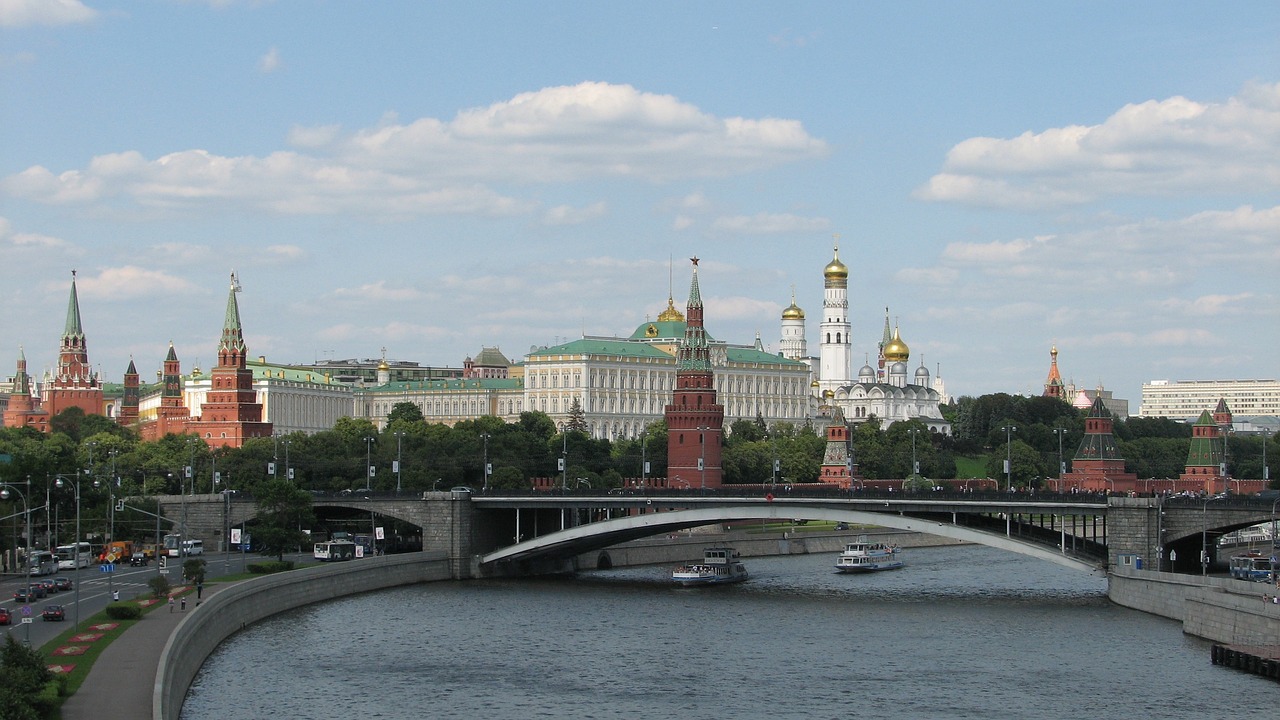Nestled in the meandering bends of the Mississippi River, New Orleans, often referred to as the “Big Easy,” presents a cultural mosaic unparalleled in the United States. This city, famed for its vibrant music, delectable cuisine, and flamboyant celebrations, stands as a testament to the rich tapestry woven by French, African, and American threads of history.
The story of New Orleans begins in the early 18th century, with its founding by the French. The city’s very layout, with its iconic French Quarter, speaks volumes of its colonial heritage. The Vieux Carré, as it is locally known, is a delightful labyrinth of historic buildings, with wrought-iron balconies and courtyards that whisper tales of a bygone era. The French influence extends beyond architecture into the realm of cuisine, with dishes like beignets and étouffée being local staples.
However, the French narrative is only one strand in the city’s rich tapestry. The African influence is profoundly felt in the soul-stirring rhythms of jazz and the spiritual depth of voodoo traditions. It was in the Congo Square that enslaved Africans gathered on Sundays, their only day off, to dance, sing, and keep their cultural heritage alive. This fusion of African rhythms with European musical instruments and scales gave birth to jazz, a genre that would come to define New Orleans and leave an indelible mark on the world’s musical landscape.
The American Civil War and the subsequent era brought significant changes to New Orleans, with the influx of Americans, Creoles, and free people of color contributing to the city’s cultural melting pot. The vibrant Mardi Gras celebrations, a kaleidoscope of colors, music, and parades, are a testament to this cultural amalgamation.
Today, New Orleans stands resilient, having weathered natural disasters and economic upheavals. It remains a city deeply proud of its heritage, a place where the past is not just remembered but is a living, breathing aspect of daily life. From the soulful tunes of a brass band in the French Quarter to the aromatic jambalaya served in a Marigny café, every corner of New Orleans offers a sensory feast, a celebration of life that is both poignant and exuberant.
As one delves deeper into the heart of New Orleans, it becomes evident that the city’s true essence lies in its ability to embrace diversity, to blend the old with the new, and to create a culture so vibrant and unique that it can only be described as the spirit of New Orleans.
The French Quarter, or Vieux Carré, is not just the heart of New Orleans; it is its soul. Strolling through its streets is akin to walking through a living museum, each cobblestone whispering stories of the past. The St. Louis Cathedral, with its white façade and triple steeples, stands as a sentinel of history, overseeing Jackson Square, where artists, musicians, and fortune tellers ply their trades, much as they have for centuries.
As the sun sets, the French Quarter transforms. Jazz clubs, such as the venerable Preservation Hall, come alive with the soulful melodies of brass bands. Bourbon Street, with its neon lights and revelers, offers a more raucous experience, but it is on Frenchmen Street where the true heart of New Orleans’ music scene beats. Here, in intimate venues, the sounds of jazz, blues, and zydeco blend into a harmonious symphony that is the city’s soundtrack.
New Orleans’ culinary landscape is as diverse as its cultural one. Creole and Cajun cuisines, both born in Louisiana, offer a delectable array of flavors. Creole, with its roots in the aristocratic French and Spanish kitchens, is epitomized by dishes such as shrimp Creole and oysters Rockefeller. Cajun cuisine, rustic and hearty, hails from the Acadian immigrants and is best represented by dishes like gumbo and crawfish étouffée. These culinary traditions, combined with influences from African, Italian, and Vietnamese immigrants, make dining in New Orleans an adventure in itself.
The city’s African heritage is not confined to its music and cuisine. Voodoo, a religion with roots in West African spiritual traditions, has a palpable presence in New Orleans. The Voodoo Spiritual Temple and the annual Voodoo Music + Arts Experience festival are testaments to the enduring legacy of this often-misunderstood faith.
Mardi Gras, the city’s most famous celebration, is a spectacle of excess and joy. Parades, led by krewes, wind through the streets, with elaborate floats and costumed revelers throwing beads and trinkets to the crowds. It’s a time when the city’s motto, “Laissez les bons temps rouler” (Let the good times roll), is fully embraced.
Yet, New Orleans is not a city stuck in time. It has faced its share of challenges, most notably Hurricane Katrina in 2005. The resilience of its people is evident in the rebuilt homes and businesses, the restored historic sites, and the undiminished spirit of celebration. Initiatives like the New Orleans Musicians’ Clinic, which provides healthcare to local musicians, and the Rebirth of New Orleans’ efforts to rebuild the city’s infrastructure, showcase the community’s commitment to its cultural preservation and future.
In conclusion, New Orleans is a city unlike any other in the United States. It is a place where history is not just remembered; it is lived. Where the sounds of a brass band can lead you to a second line parade, and the scent of jambalaya can draw you into a centuries-old restaurant. It is a city that embodies the fusion of French, African, and American influences, creating a cultural tapestry rich, vibrant, and utterly enchanting.



